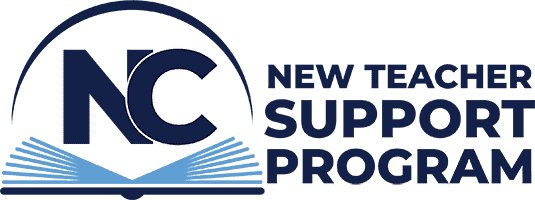It’s the Most Wonderful Time of the Year…But What If It Snows?: Planning for Asynchronous or Synchronous Instruction
We have reached that magical time of the year filled with holidays that allow us educators to find some extra time to relax and recharge; and while it is a wonderful time, there is still work to be done each school day. Many of us find ourselves reviewing and preparing students for EOCs or mid-year benchmarks; and with so much to do during this time, there are looming thoughts in the back of every teacher’s mind…what if it snows or what if we shut down for a week due to the flu? Moving our students to a virtual workspace is something that many of us have dealt with in the last couple of years, but it is still a daunting task and one we must be prepared for in the case of an emergency.
If the day comes, and you are asked to prepare for virtual instruction, your district will specify whether or not schools will be offering asynchronous instruction or synchronous instruction. This specification will have a direct impact on how you plan, instruct, and assess your students during the remote learning window. The following infographic from eLearning Industry highlights the main differences between the two modalities.
These two methods of delivering instruction lend themselves to different teaching styles. When students are working asynchronously, teachers will need to plan a variety of activities that students can complete on their own without any live instruction. Even though you may not see your students on an asynchronous day, it doesn’t mean that they don’t have to see you. Recording a short video using Screencastify is a great way to connect with your students in order to deliver instructions for the day’s lesson. When choosing how to design activities for your students, the activities and suggestions at the following links will guide you:
- Asynchronous Strategies for Inclusive Teaching
- Top 7 Strategies to Make Asynchronous Learning Effective
On synchronous days, there will be set times for teachers to work with their students in a live environment via Zoom, Google Meet, or other meeting software. During these meetings, there is an opportunity for both direct and small-group instruction. While these virtual meetings cannot replace the in-person environment of a classroom, they do lend themselves to high-level engagement. Designing engaging activities for synchronous instruction does take planning, but there are some best practices that can help you:
- Best Practices for Synchronous Online Teaching and Learning
- 7 Strategies Designed to Increase Student Engagement in Synchronous Online Discussions Using Video Conferencing
If all of this seems daunting, do not fret. Recent years have made many of the educators in your buildings pros at moving seamlessly between these two modalities, and school districts have shifted their learning managing systems to include a variety of resources that can be used virtually. The tools are at your fingertips if the time arises, so be prepared just in case the weather sends us home this winter.
Contributor: Bradley Sasser, ECU
Citations:
Shank, Patti. “(The Right) Learning Modalities to Deliver Digital Learning: Part 1.” (The Right) Learning Modalities To Deliver Digital Learning: Part 1, ELearning Industry, 12 May 2021, https://elearningindustry.com/asynchronous-and-synchronous-modalities-deliver-digital-learning.
